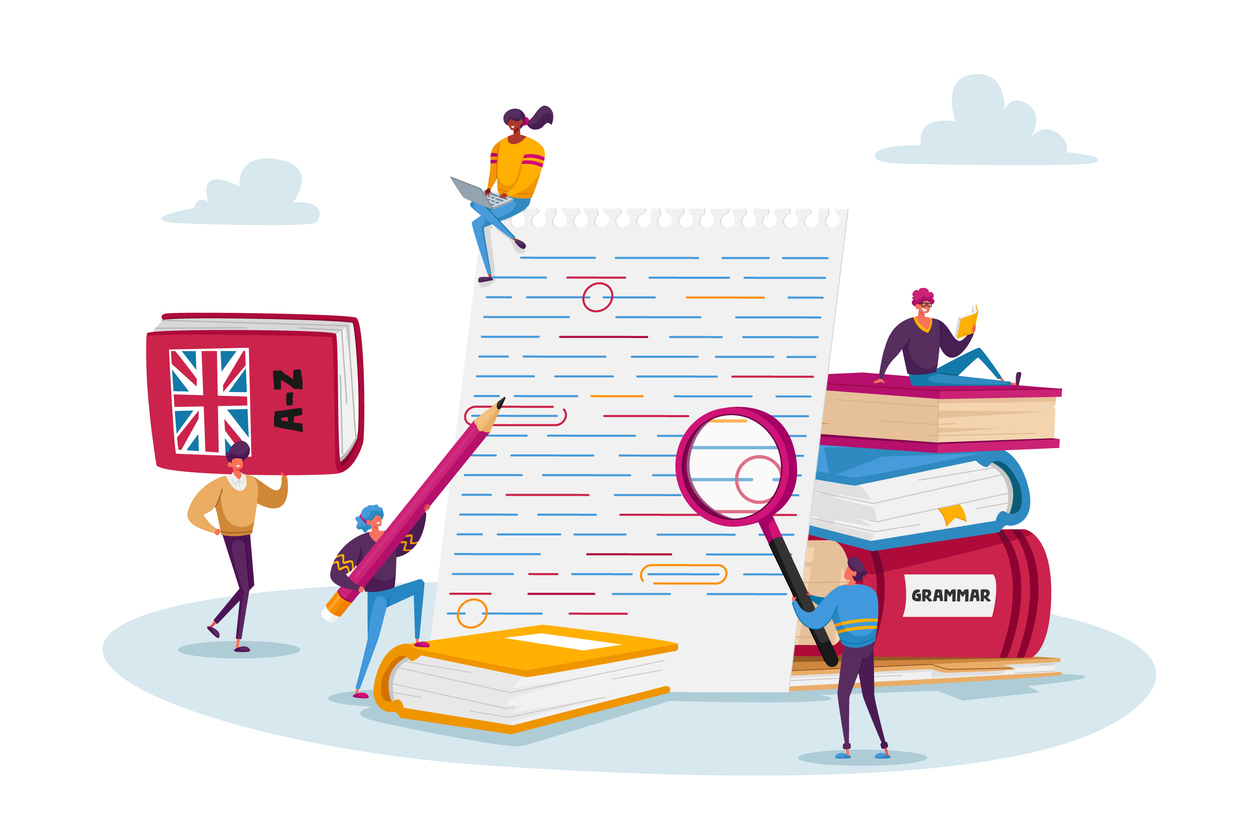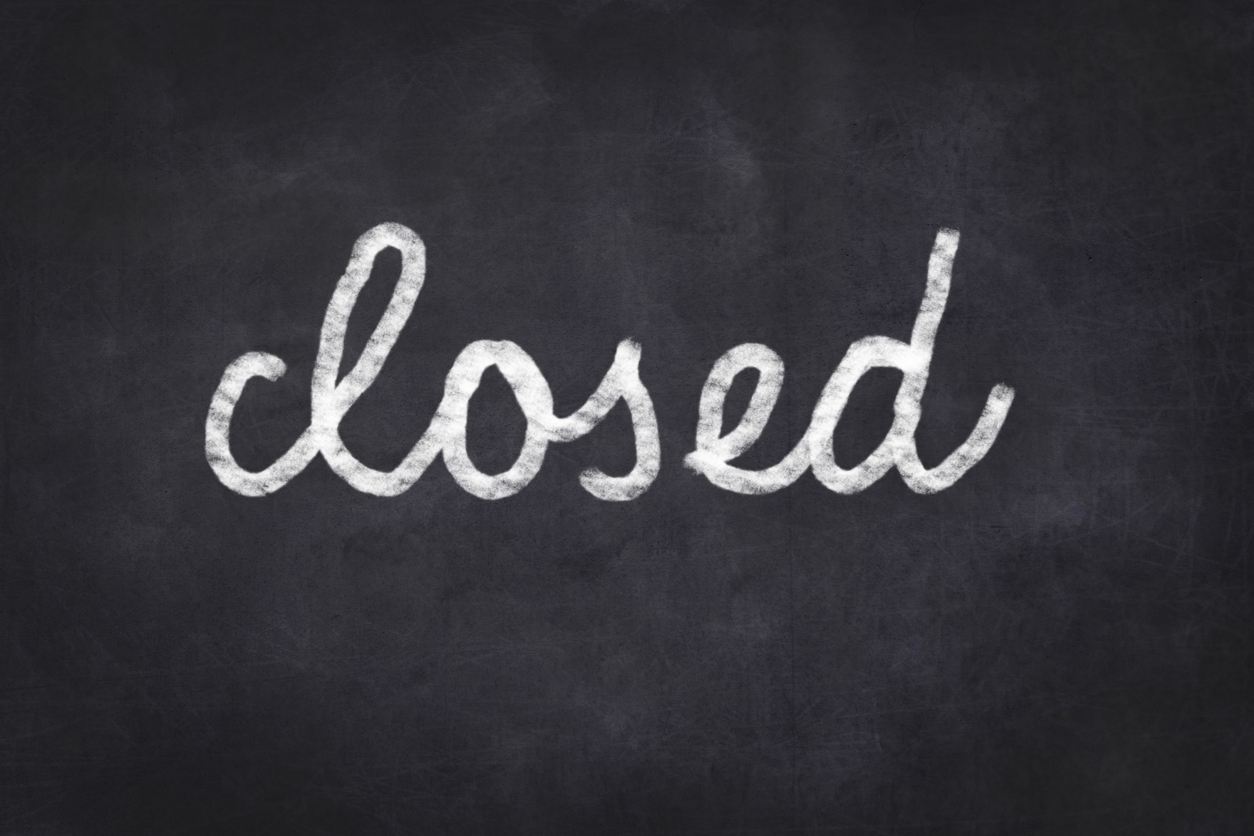The Washington State Public School Achievement Index: State leaders call for grading schools A through F
Key Findings
- In 2009, Washington’s legislature directed the State Board of Education to create an annual Achievement Index to rate the quality of the state’s 2,189 public schools.
- Results from the latest Index show that 11% of the state’s public schools received an Exemplary rating (A), 15% received a Very Good rating (B), 35% received a Good rating (C), 27% received a Fair rating (D) and 7% received a Struggling rating (F). The remaining 5% of schools were not rated.
- Senior elected leaders, including Governor Inslee, recommend giving public schools letter grades to inform the public about how well schools are fulfilling their paramount duty to provide for the education of every child.
- Despite a 32% increase in public school spending during the Gregoire administration, student achievement remained flat.
The Public School Achievement Index rates the quality of 2,189 public schools across the state. The annual Index is based on data compiled by the State Board of Education’s 2012 Achievement Index, using results from the 2011–12 school year.
The purpose of the Index is to determine whether and to what extent school officials are fulfilling their paramount duty to provide a quality education for all children residing within the borders of our state.
In creating the Index, the legislature stated: “The SBE [State Board of Education] has responsibility for implementing a statewide accountability system that includes identification of successful schools and districts, those in need of assistance, and those in which state intervention measures are needed.”
The Public School Achievement Index rates Washington public schools on a scale of one to seven, measured by four indicators and five outcomes. The four indicators are:
- Achievement by non-low-income students
- Achievement by low-income students
- Achievement compared to other schools with similar demographics
- Improvement in student achievement
The five outcomes are student test scores in reading, writing, math and science, plus each school’s graduation rate. Using these measures, schools were placed in one of five categories: Exemplary, Very Good, Good, Fair and Struggling. The following table presents the overall results, and shows how A through F ratings would apply if the legislature were to adopt a letter grade system.
Washington Public Schools by Achievement Index Category (A–F)*
| Category | Letter Grade | Number of Schools | Percentage of All Schools |
| Exemplary | A | 231 | 11% |
| Very Good | B | 320 | 15% |
| Good | C | 777 | 35% |
| Fair | D | 599 | 27% |
| Struggling | F | 154 | 7% |
* Of the 2,189 schools, 108 (or 5%) were not ranked by the State Board of Education.
The idea of giving letter grades to public schools as a way of informing the public is recommended by senior elected leaders in state government. Governor Inslee “wants to establish a system in which every school in the state receives a letter grade that’s accessible to parents.”
Legislation has been introduced in the Senate and House, SB 5328 and HB 1476 respectively, which would create an A through F school grading program based on the State Board of Education’s accountability measures. In addition, 11 states and New York City use a letter grading system for schools.
The purpose of a letter grading system is to give parents and taxpayers a clear, understandable measure of each school’s performance in serving the learning needs of children. Educators give letter grades to students every day to assess academic progress through the year. In the same way, letter grades for schools would show policymakers and the public how well schools are performing in their paramount duty to provide a quality education to every child.
The 2013 Index shows that 753 schools, or 34%, rank as only Fair (D) or Struggling (F), while just 551 schools, or 26%, rank as either Excellent (A) or Very Good (B).
The poor academic standing of most public schools is not due to lack of support from taxpayers. Public schools receive just over $10 billion a year, or $10,237 per student, in operating funds, plus an additional $1.4 billion for school construction.
Funding for Washington public education is at record highs. Since 1980, education spending (adjusted for inflation) has more than doubled, while the number of students, due to smaller families, has increased by only one-third. There are fewer students today in relation to the total population than in the past, and per-student spending is its highest ever.
Washington taxpayers strongly support public education and provide generous annual funding, but only 60 cents of every education dollar reaches the classroom, and one quarter of students drop out before completing their education. The Washington Learns commission concluded, “Public education officials are producing a generation of students less educated than their parents.”
Former Governor Christine Gregoire said she found that more spending does not improve learning for students: “I put a lot more money into K–12. But then you sit there and say, ‘Why have I not been able to get the result I set out to achieve?’” She increased spending on public education by 32%, yet student achievement remains flat. Research shows spending more money on the existing system does not help school children.
Policy changes that would improve learning for children without increasing spending are described in Washington Policy Center’s Education Reform Plan: Eight Practical Ways to Improve Schools.
The full Achievement Index lists individual schools alphabetically and is available online.
Liv Finne is director of the Center for Education at Washington Policy Center, a non-partisan independent policy research organization in Washington state. Nothing here should be construed as an attempt to aid or hinder the passage of any legislation before any legislative body. For more information visit washingtonpolicy.org.
Download a PDF of this Policy Note here.






